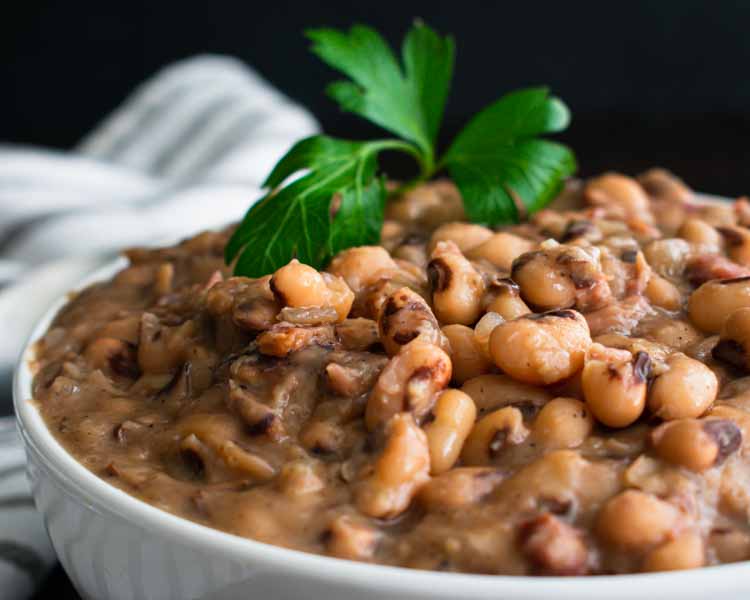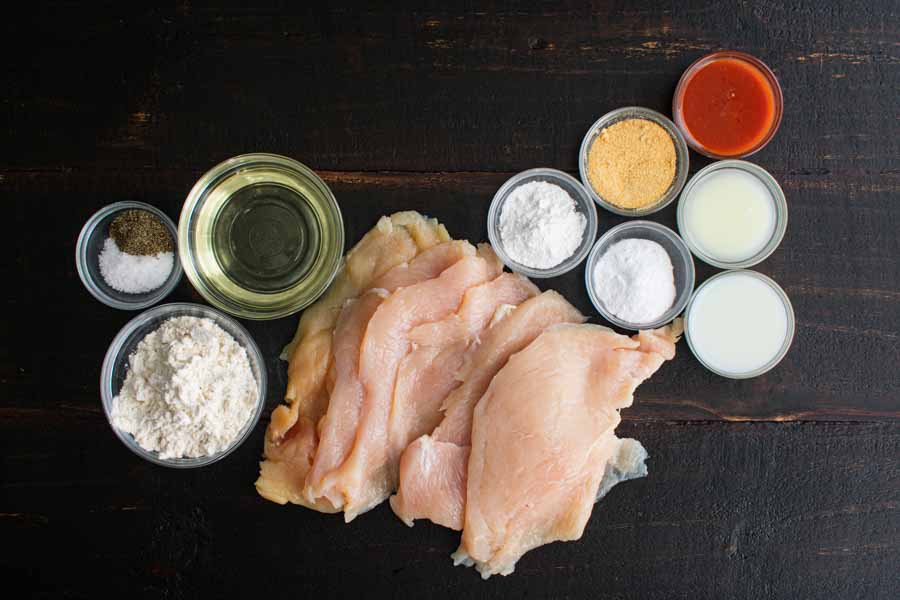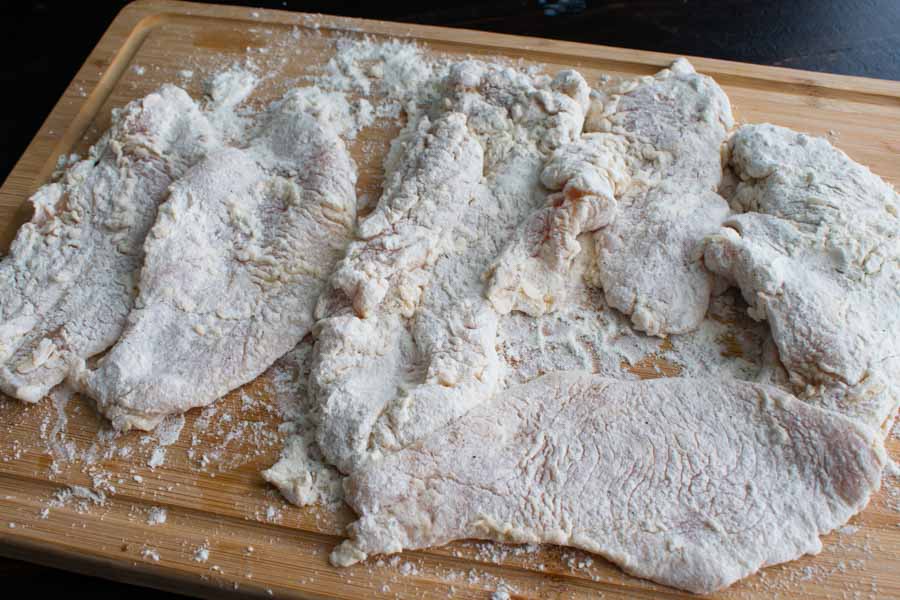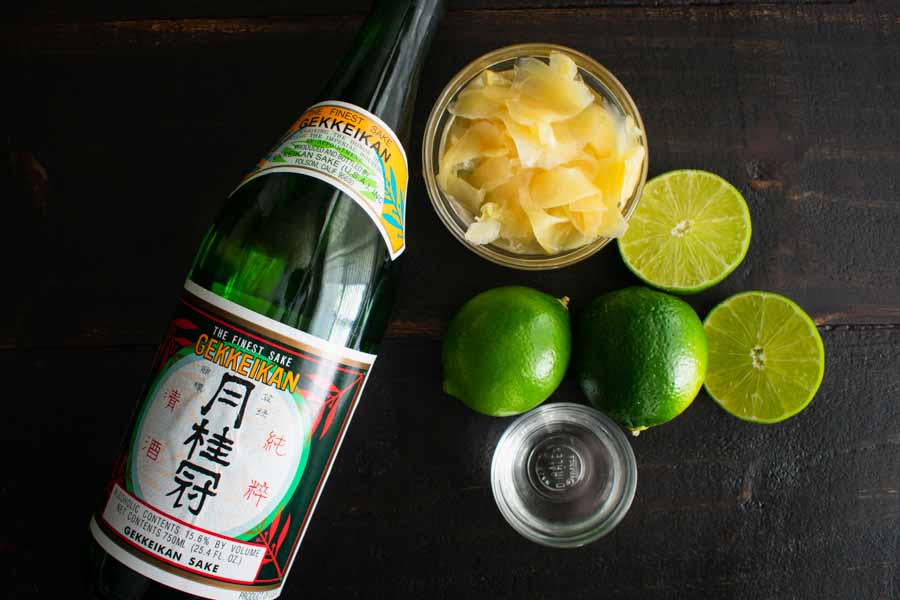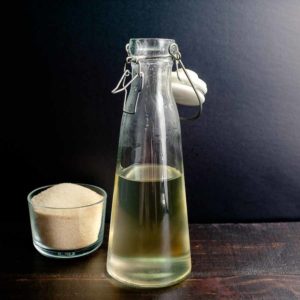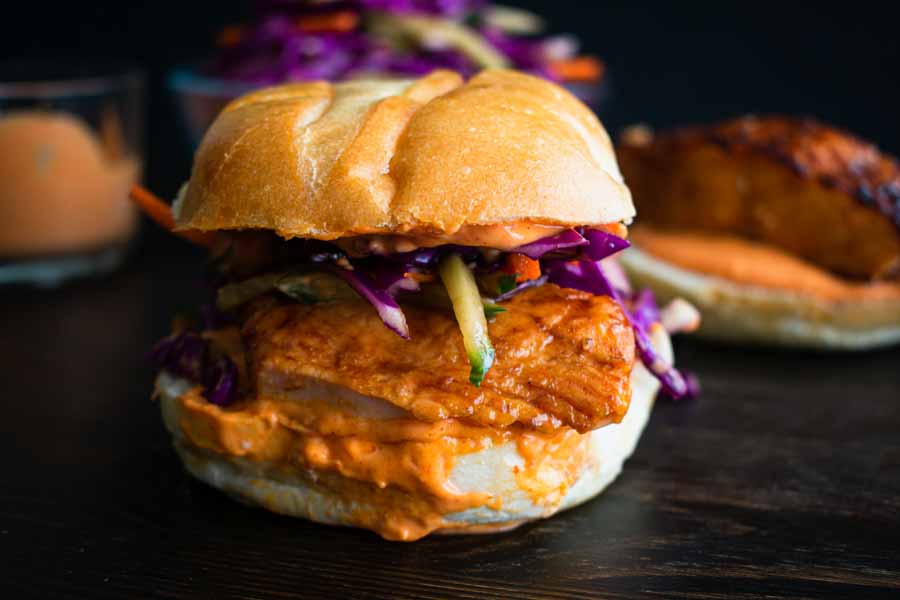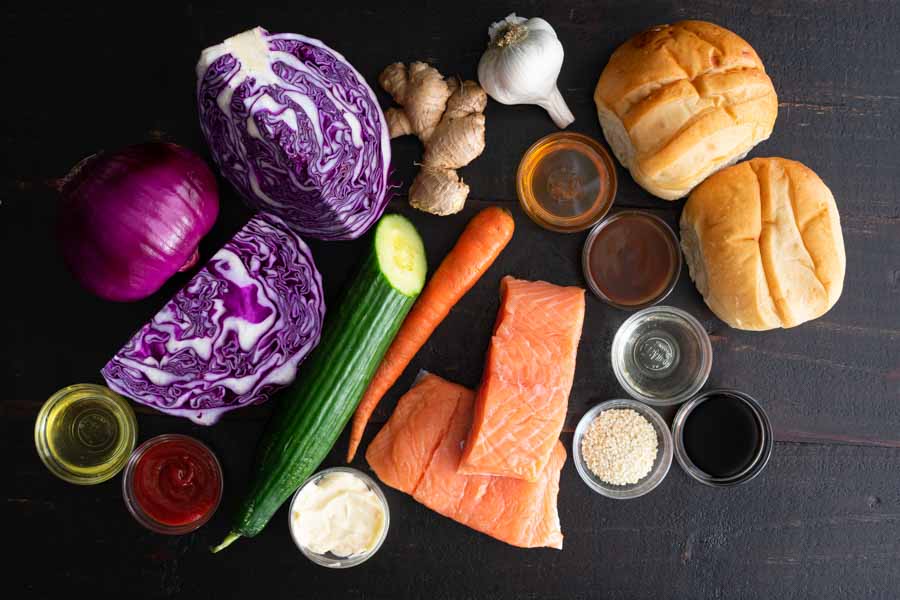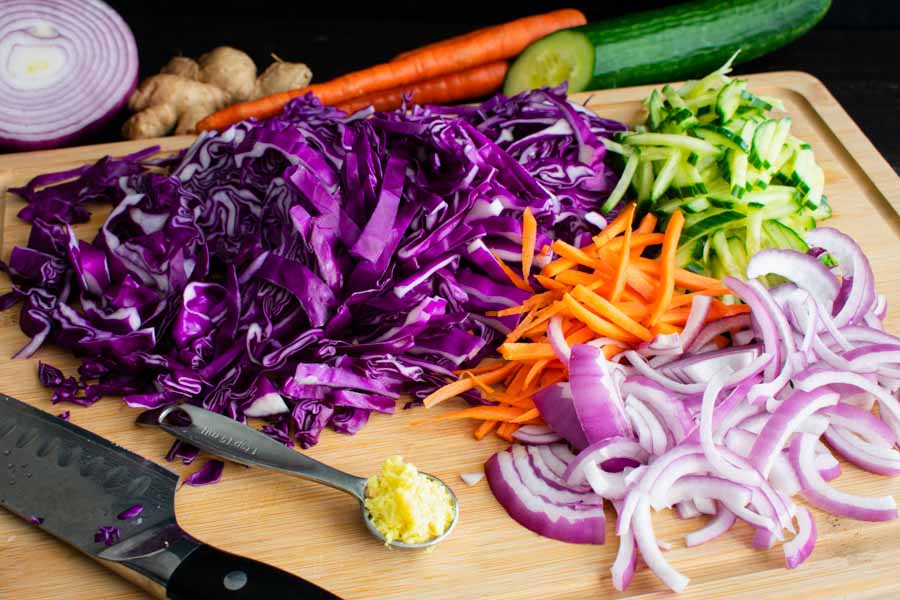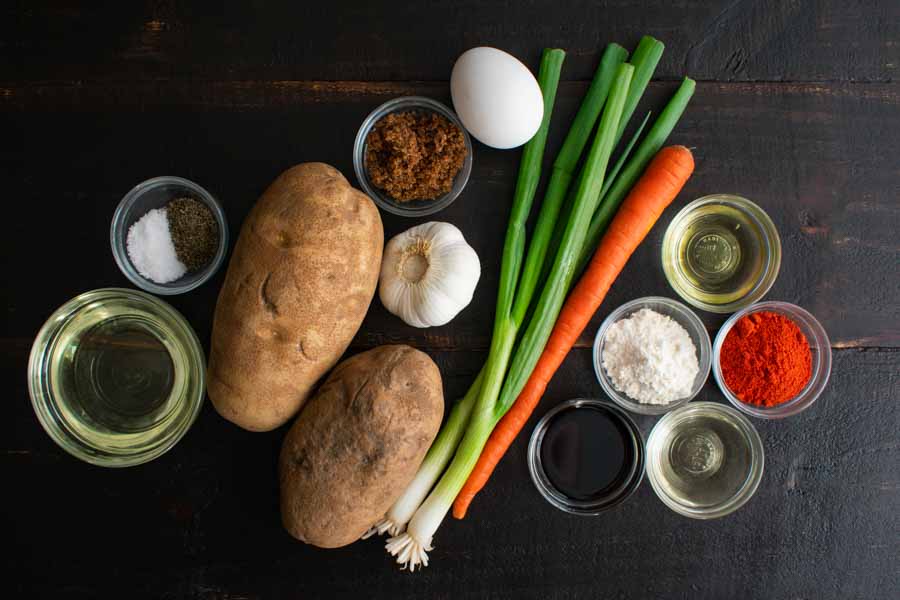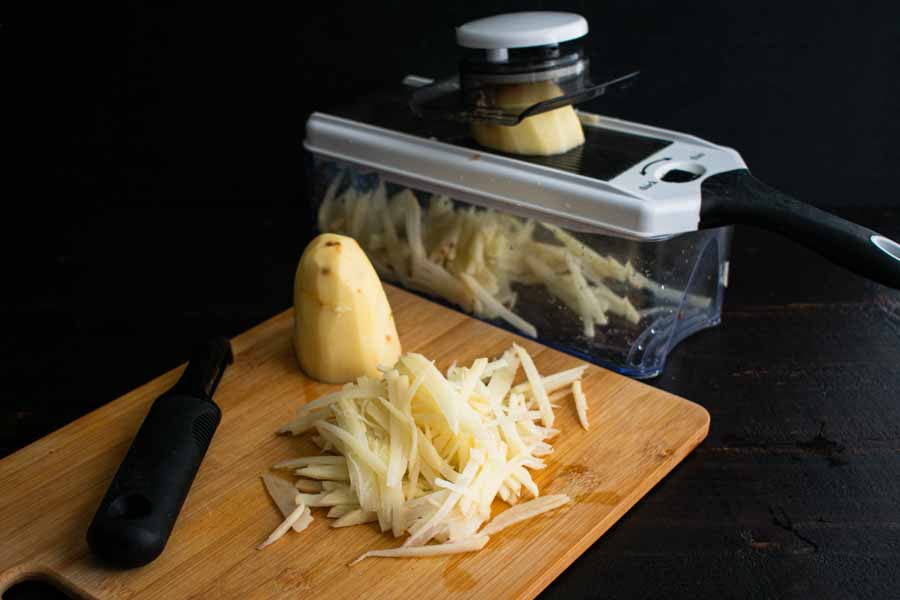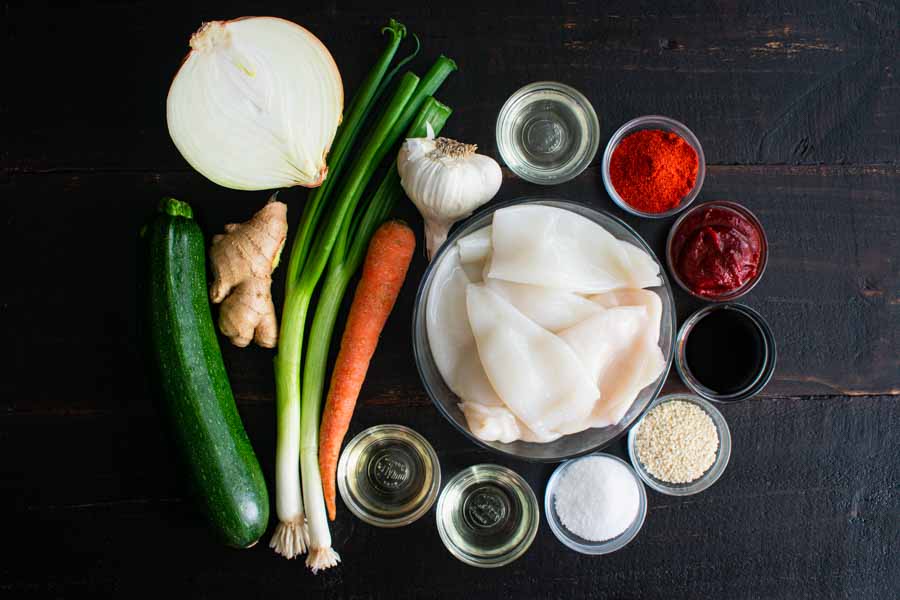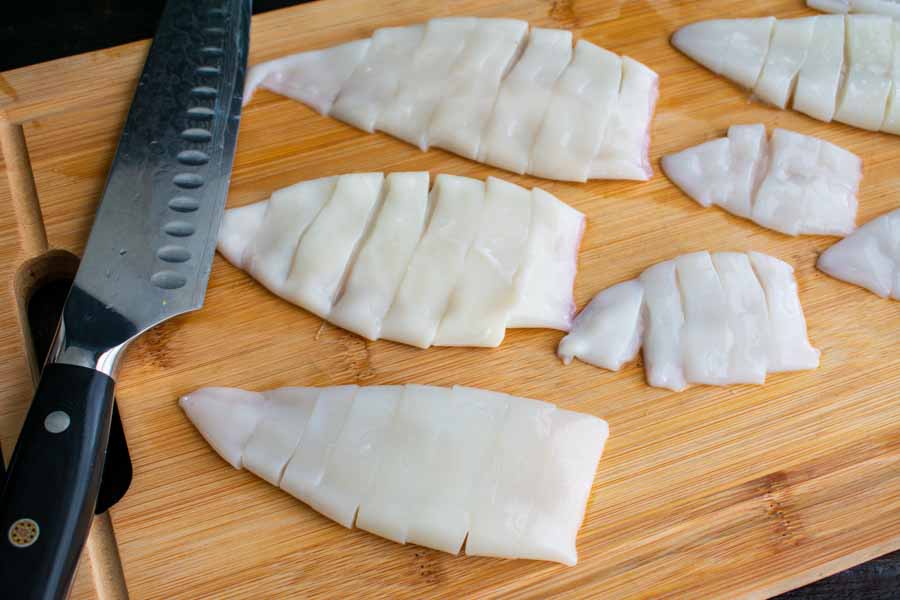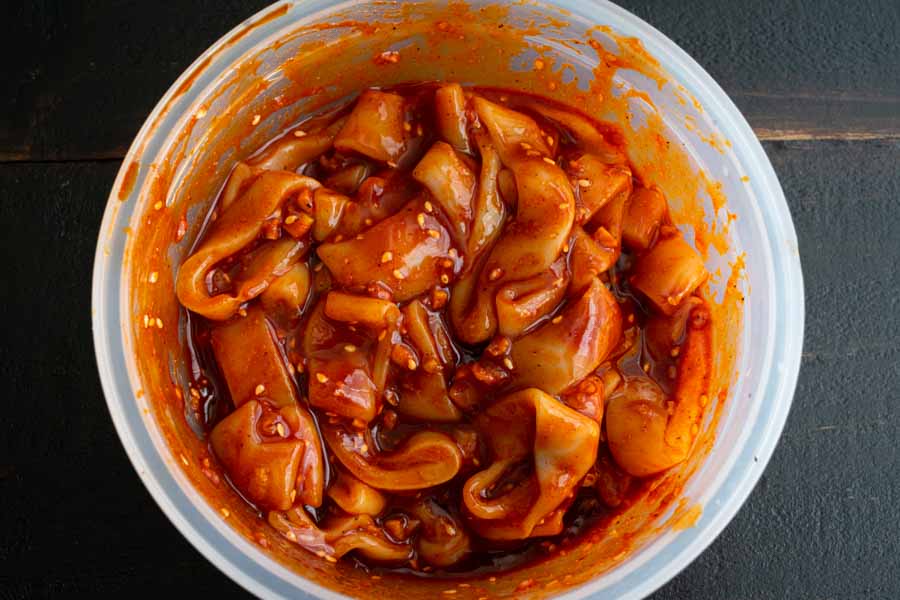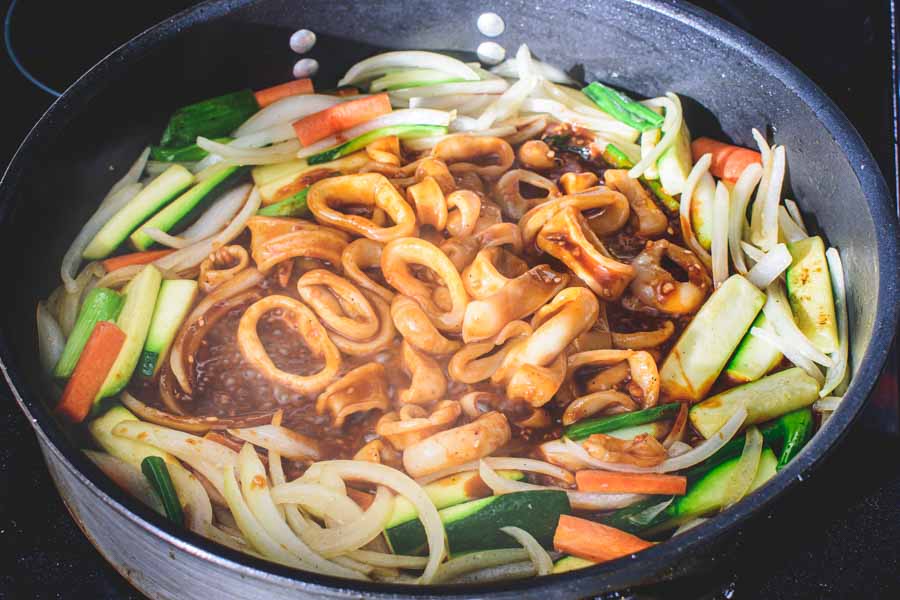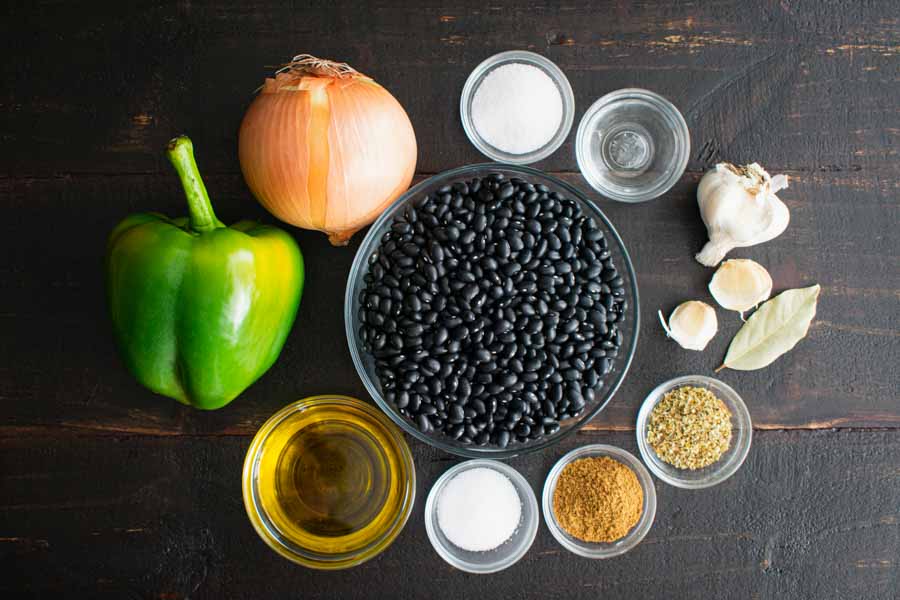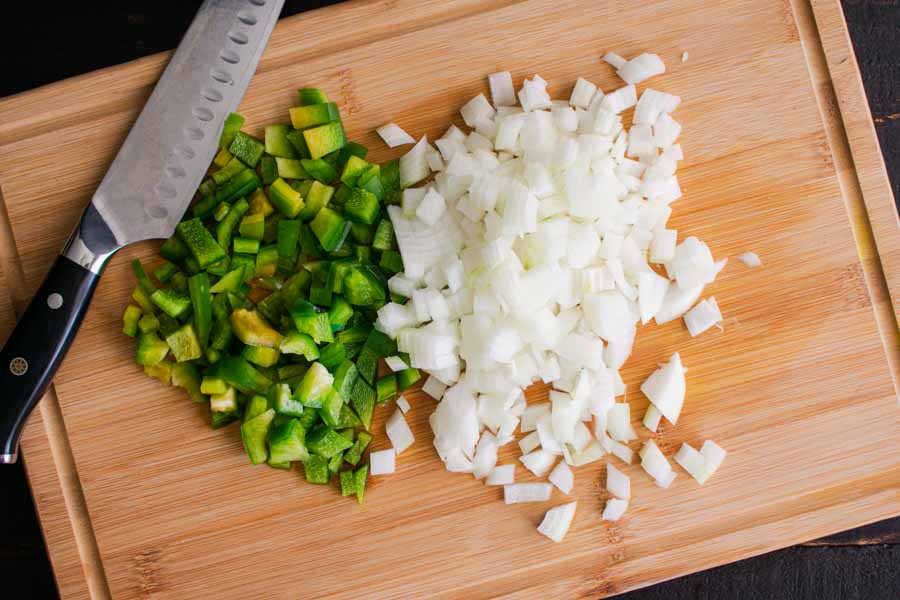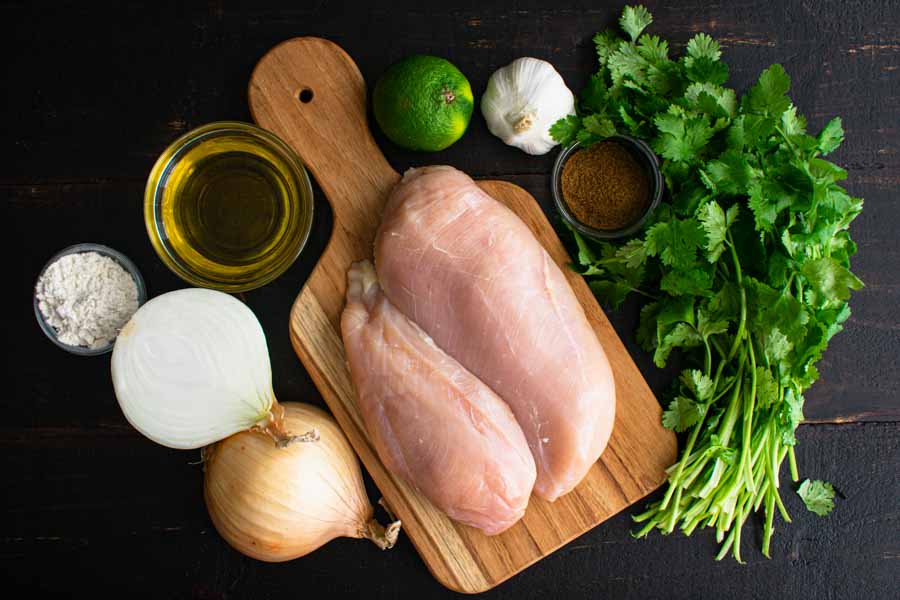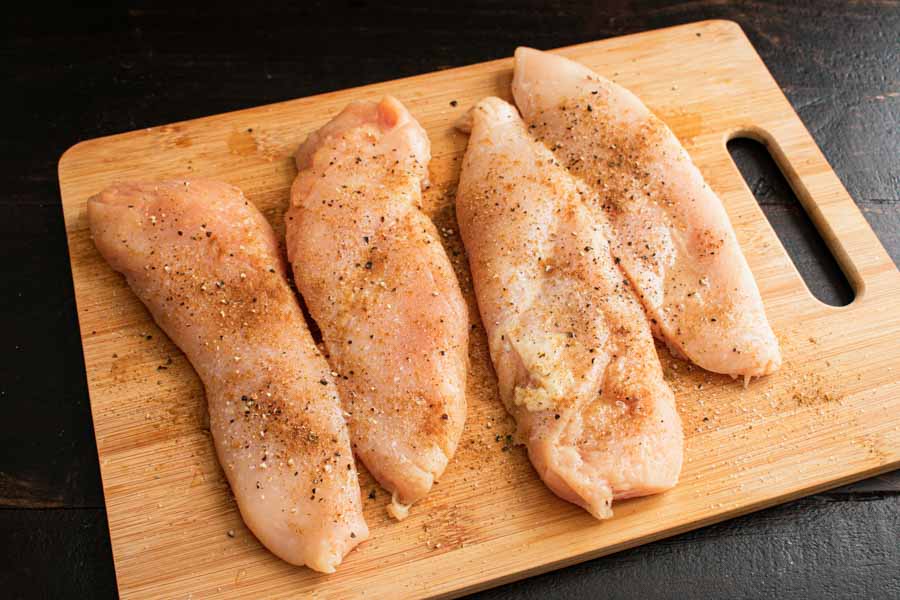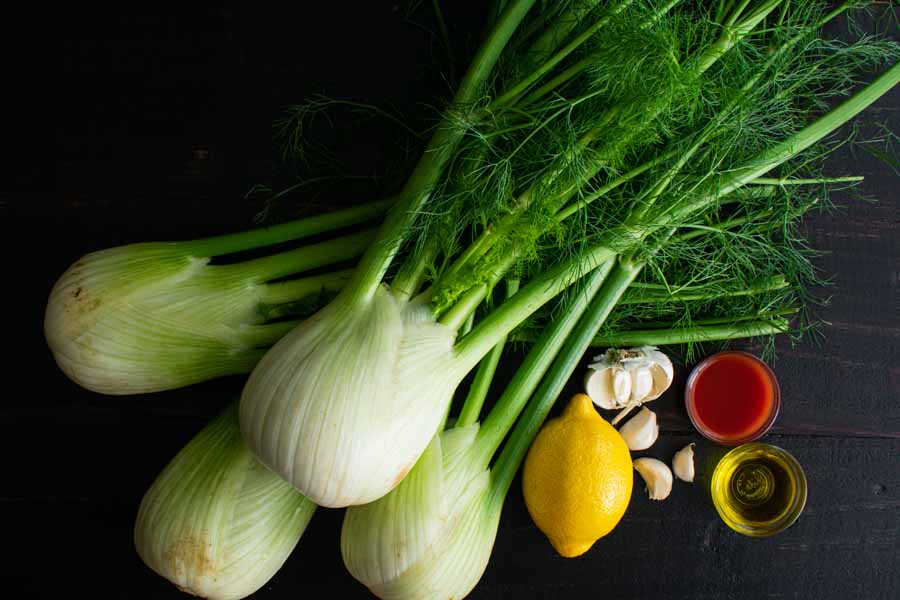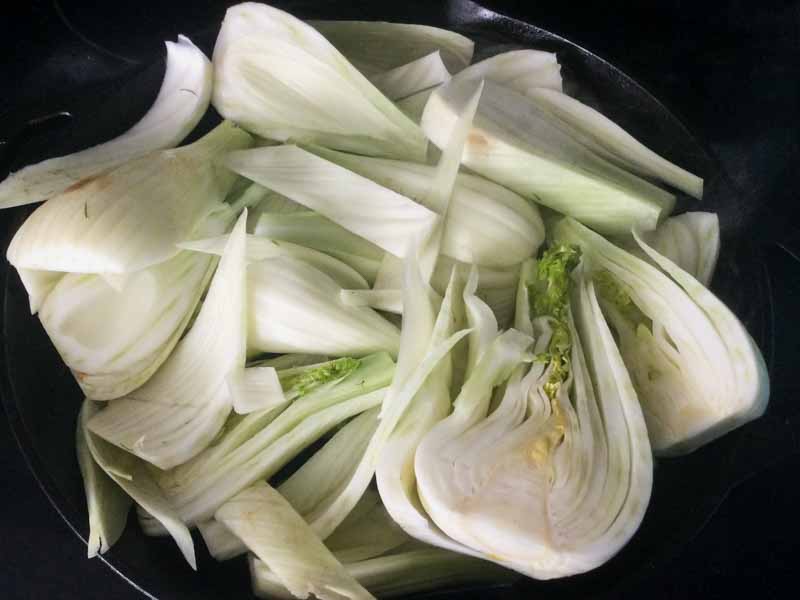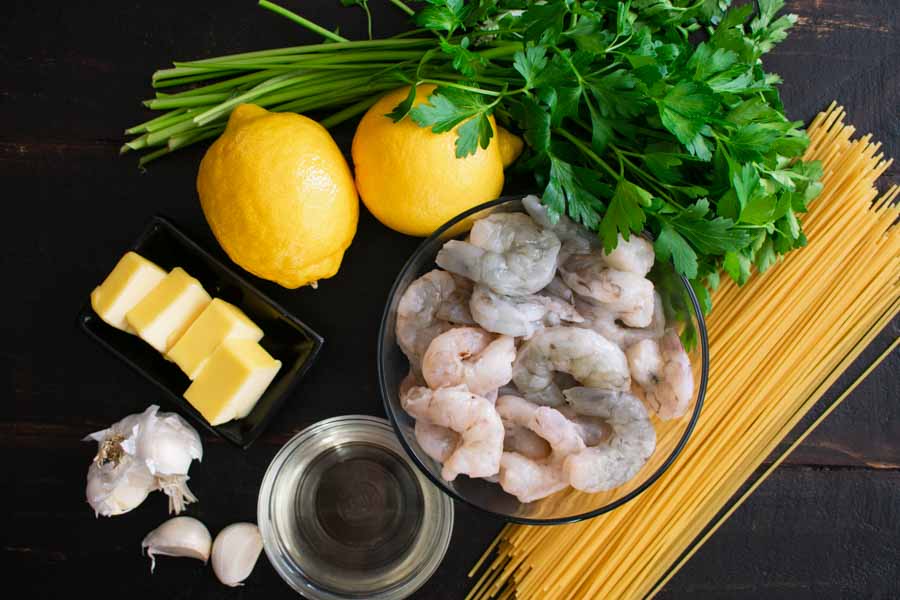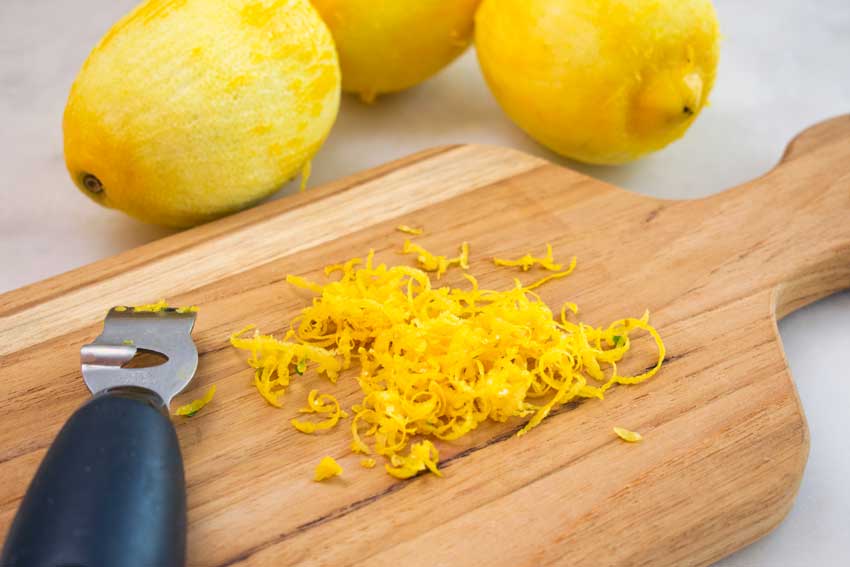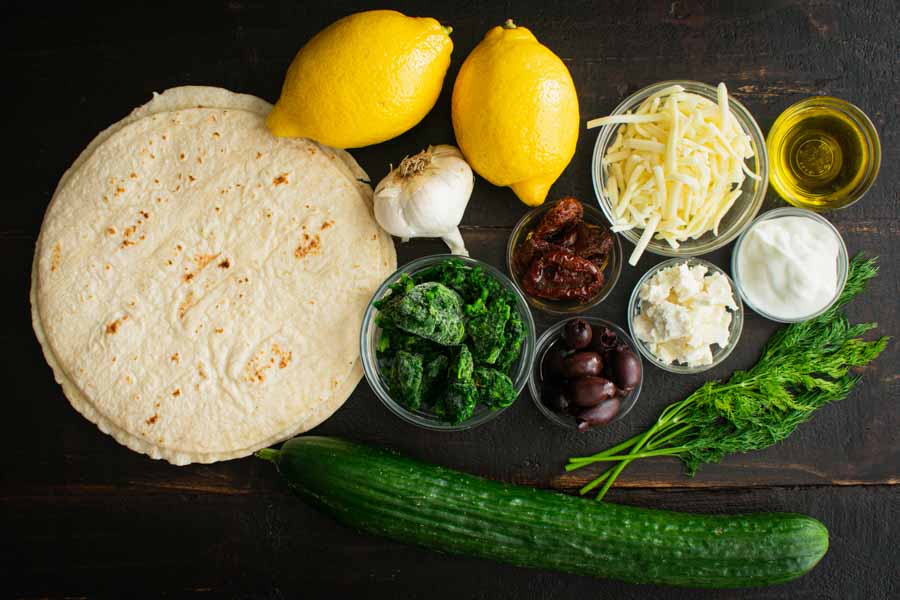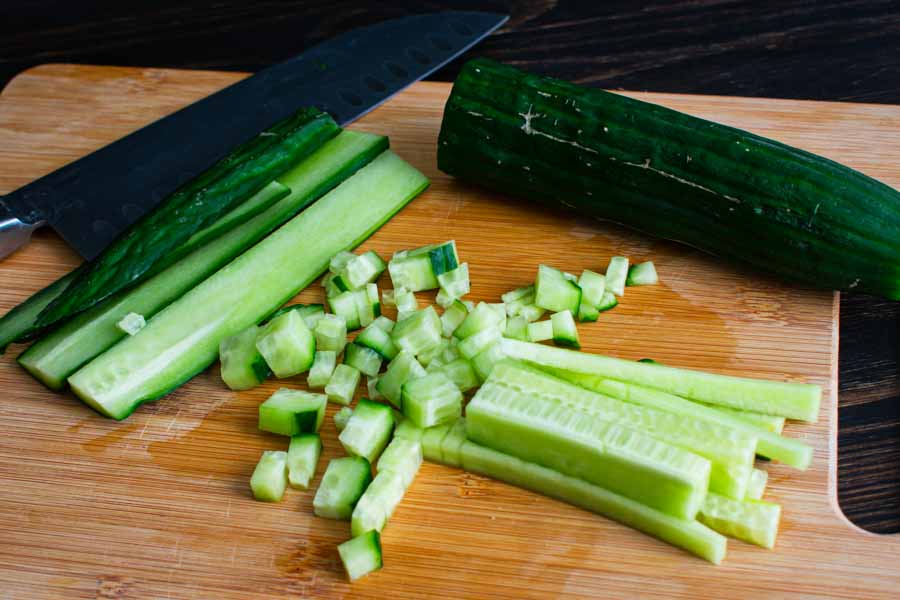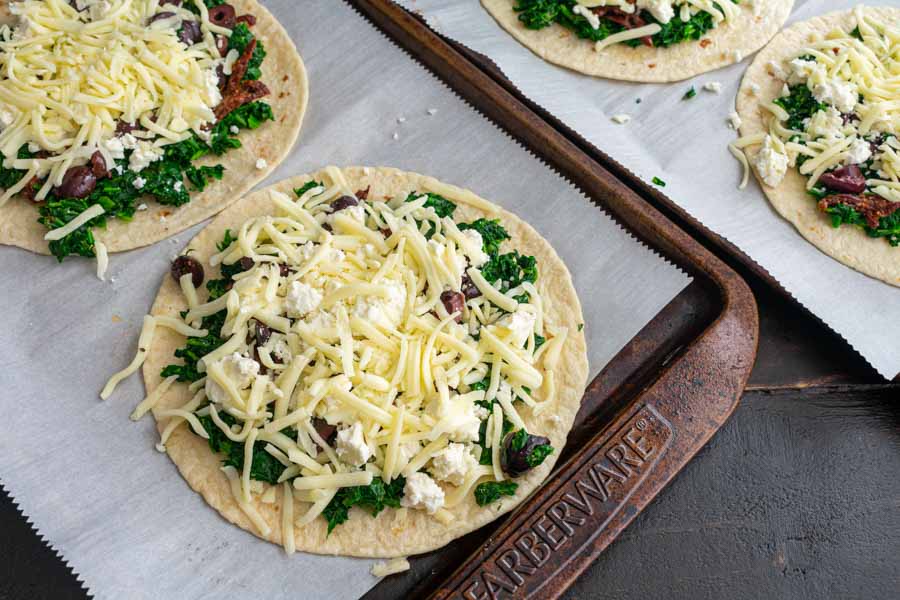I just made a delicious Chicken Fried Chicken, and I needed an equally Southern side dish to go with it. There’s plenty to choose from: macaroni and cheese, collard greens, mashed potatoes—the list goes on and on. I was considering a few recipes when I found out my husband has never had black-eyed peas. What?! I had to fix that, so this recipe for Southern Style Black-Eyed Peas went right to the top of my shortlist of possible sides. Let’s get some South in his mouth ASAP!
A slow-cooked recipe for traditional Southern black-eyed peas with ham hocks (or ham bone).
The Ingredients
Y’all know I love a simple recipe with only a few ingredients, and these black-eyed peas fit the bill. they have just 6 ingredients, and two of those are salt and pepper. I had that and the butter, which left me a 3-item shopping list. What I needed was pretty inexpensive, too, with the $8 3-pack of hocks being the most expensive item (I froze the extra one).
Dried black-eyed peas, yellow onion, and ham hocks were all I needed. I made sure to find smoked ham hocks for that extra flavor. It makes a big difference, and I highly recommend them. They go by several other names too, so if you can’t find smoked ham hocks, look for pork hocks, pork knuckles, ham shanks, or smoked hocks.
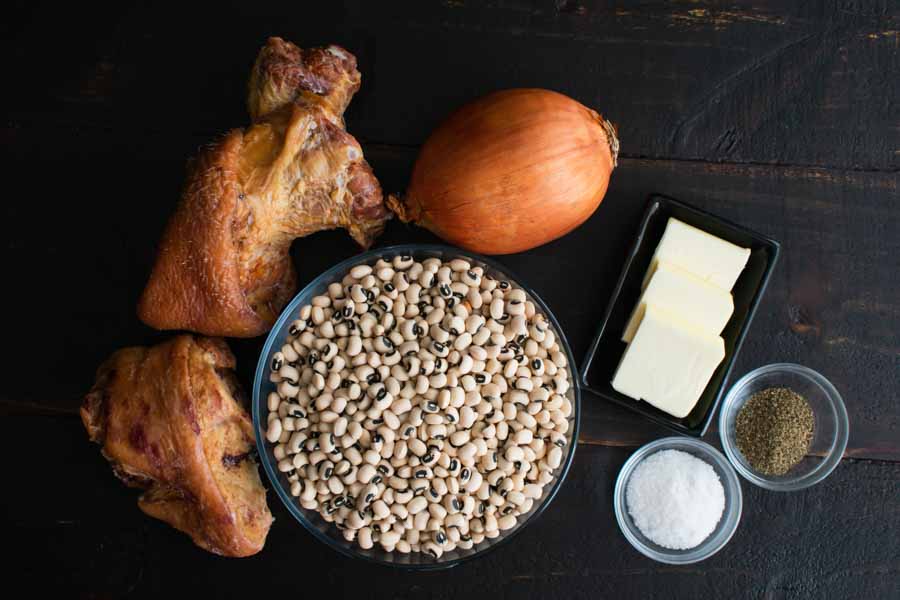
The Process
These Southern Style Black-Eyed Peas are slow-cooked on the stove, so no need for a crockpot. I imagine you could modify the recipe for a crockpot, but I followed the recipe and used the stove. Here’s how my time was spent:
- 10 minutes to prep
- 4 hours to cook
- 4 minutes to adjust seasonings
- 1 additional hour to finish cooking
- 5 hours 14 minutes total (not including time to soak beans)
Soak the Peas
I started this recipe by soaking the beans overnight. I used a large mixing bowl and added enough water to submerge the beans by a few inches. They will double in size as they soak, and you don’t want them to expand and go above the water. The peas on top will dry out if they do.
Prep and Start Cooking
Due to the long cooking time, I started cooking the next day right after breakfast. The prep work was quite simple, and I had it done in 10 minutes, as listed on the recipe. Really, the prep work is dicing an onion and sauteeing it in a large pan with the butter. Then add everything else, stir, and wait.
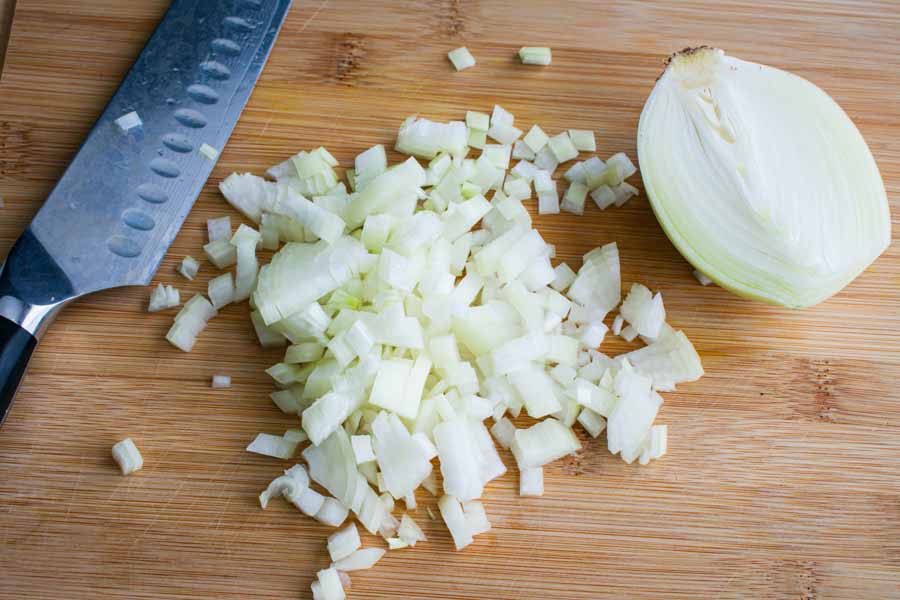
Speaking of pans, I used a 5-quart pan, and it was just the right size. I was able to fit all the ingredients and stir with no problems. But although there was plenty of room, the ham hocks weren’t completely covered. I made sure to turn them each time I stirred the peas, and they cooked up just fine.
Adjust the Seasonings & Finish Cooking
After 4 hours, I removed the ham hocks from the pot and placed them on a large cutting board to cool for a few minutes. Then I used a kitchen knife and fork to remove the meat and chop it into small pieces. The meat was so tender that it pretty much fell off the bone.
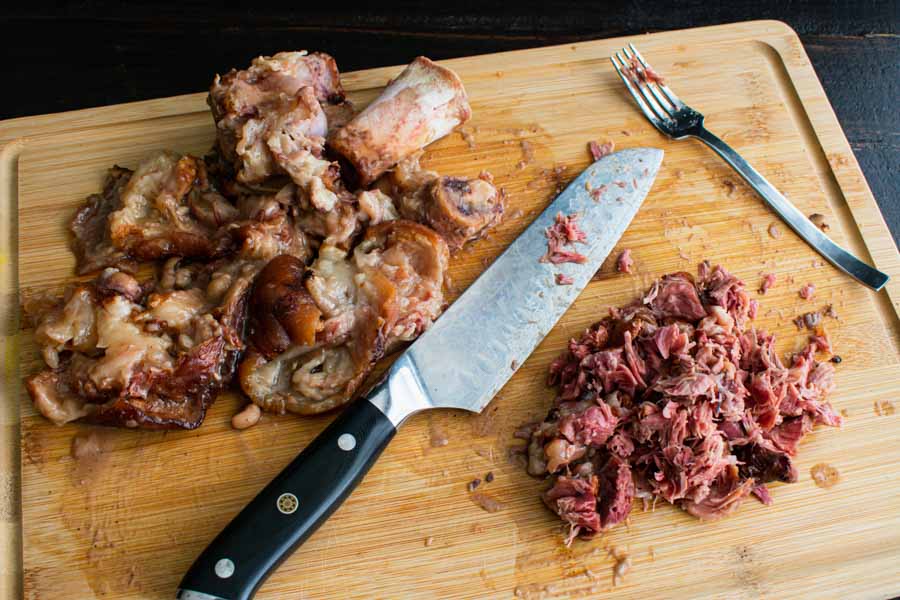
Once the ham was added back to the pan, I gave everything a good stir and tasted as I adjusted the seasonings. I didn’t measure, but all I did was a bit more salt and pepper. The beans were nice and creamy, so I put the lid back on and finished cooking them for another hour.
As I mentioned, I served them with Chicken Fried Chicken, but without rice or any other toppings. They didn’t need it! These black-eyed peas would also be great with these Southern recipes:
